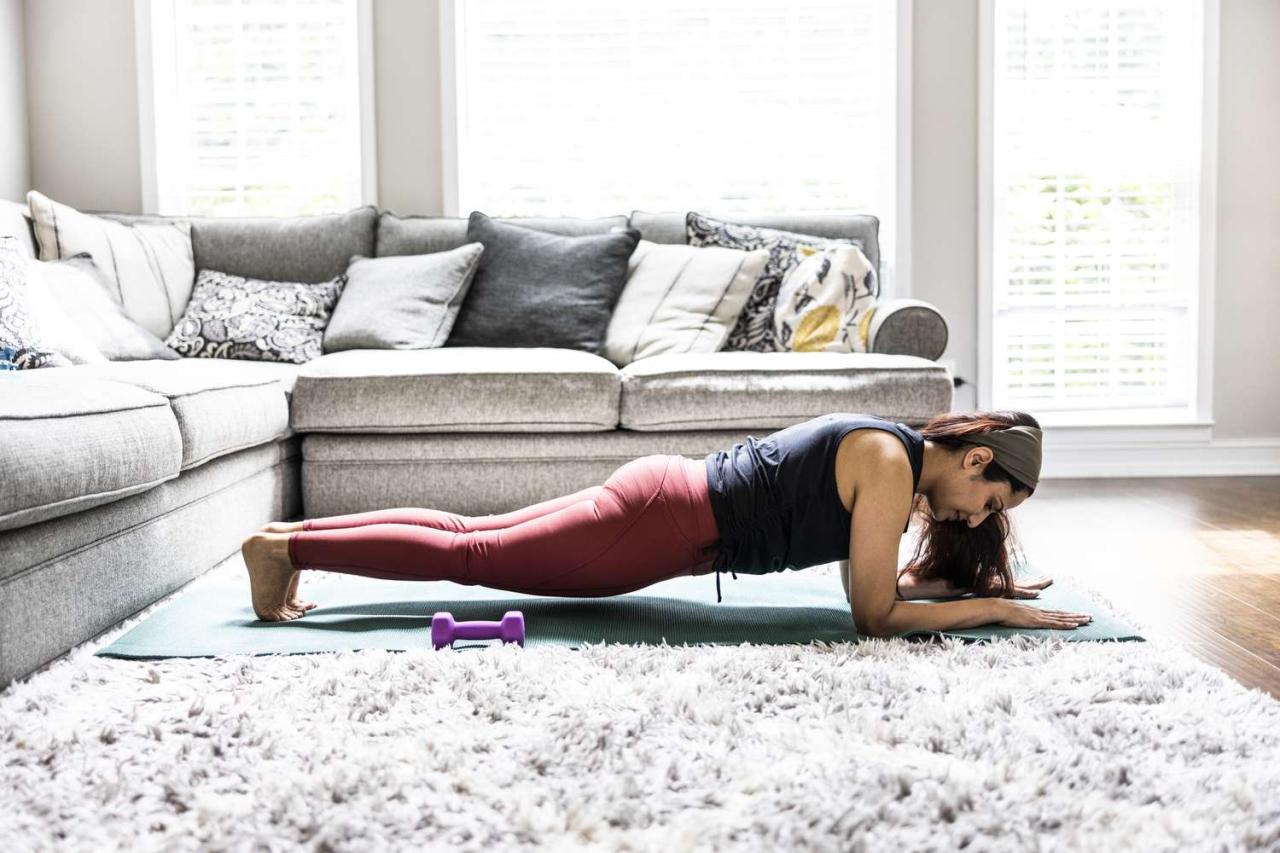A recent study published in the British Journal of Sports Medicine has highlighted the significant benefits of isometric exercises, such as planks and wall sits, in reducing blood pressure. The study analyzed 270 different fitness trials, including various exercise types like high-intensity interval training, aerobic exercise, resistance training, and isometric exercises. It found that isometric exercises were the most effective at lowering blood pressure, with wall squats being particularly effective at reducing both systolic and diastolic blood pressure. In comparison, other exercise routines showed slightly less impact on blood pressure reduction. Specifically, isometric exercises led to an average reduction of 8.24 mm Hg in systolic blood pressure and 4 mm Hg in diastolic blood pressure, outperforming other exercise regimens.

How Isometric Exercises Help Lower Blood Pressure
Isometric exercises, despite their appearance of being still and stable, play a significant role in improving fitness and reducing blood pressure. These exercises work by widening the blood vessels, which reduces stress on the circulatory system. Kyle Costello, lead performance coach at Future, likens this process to a garden hose: when you pinch the sides of a hose, pressure builds up inside it, similar to what happens in the body when blood pressure increases. Isometric exercises help make the heart and blood vessels more pliable and efficient at pumping blood throughout the body. Wall sits and planks, which engage multiple muscle groups, are particularly effective at achieving these benefits due to the large amount of muscle mass involved in these exercises. The greater the muscle mass recruited during an isometric contraction, the more significant the impact on blood pressure reduction.

How to Add Planks and Other Isometric Exercises Into Your Workouts
Adding planks and other isometric exercises into your workouts can be a great way to improve your fitness and lower blood pressure. Here’s how to incorporate them into your routine:
- Start Slowly: If you’re new to isometric exercises, it’s important to start slowly and gradually increase the intensity and duration of your workouts. Begin with shorter holds and fewer repetitions to avoid overexertion.
- Include a Variety of Isometric Exercises: Planks are an excellent isometric exercise, but there are many others you can add to your routine. Include exercises like wall sits, side planks, glute bridges, and the plank variations mentioned below to work different muscle groups.
- Proper Form: Maintain proper form during isometric exercises to maximize their effectiveness and reduce the risk of injury. For planks, ensure your body forms a straight line from head to heels, engage your core, and avoid sagging or arching your back.
- Duration and Repetitions: Aim to hold each isometric exercise for 20-60 seconds, depending on your fitness level. Perform 2-3 sets of each exercise, with 30-60 seconds of rest between sets.
- Incorporate Into Your Routine: You can add isometric exercises to your existing workout routine or create a dedicated isometric workout day. For example, you can perform planks and wall sits at the end of your strength training or cardio sessions.
- Progression: As you become more comfortable with isometric exercises, gradually increase the duration of your holds or try more challenging variations. This will help you continue to improve your strength and lower blood pressure.
- Consistency: Consistency is key when it comes to reaping the benefits of isometric exercises. Aim to include them in your workouts at least 2-3 times a week for optimal results.
- Listen to Your Body: Pay attention to how your body responds to isometric exercises. If you experience pain or discomfort, modify the exercises or consult with a fitness professional for guidance.
Remember that consistency and proper technique are essential for achieving the benefits of isometric exercises, including improved fitness and lower blood pressure. Always consult with a healthcare professional before starting a new exercise program, especially if you have any underlying medical conditions or concerns about your blood pressure.
You Might Also Like
The Benefits of Walking on the Beach
Walking on the beach can be more challenging than walking on pavement, grass, or a treadmill due to the uneven...
5 Types of Exercise That Can Support You During Menopause
Menopause is a natural phase in a woman's life, and its symptoms can vary widely from person to person. Some...
Nature’s Healing Touch: The Multifaceted Benefits of Spending Time Outdoors
Spending time in nature offers numerous benefits for mental, emotional, and physical health. Unfortunately, our modern, fast-paced, and highly connected...
9 Everyday Habits That Help Relieve Back Pain
When it comes to managing, preventing, and relieving back pain, it's essential to consider the everyday habits that can make...










